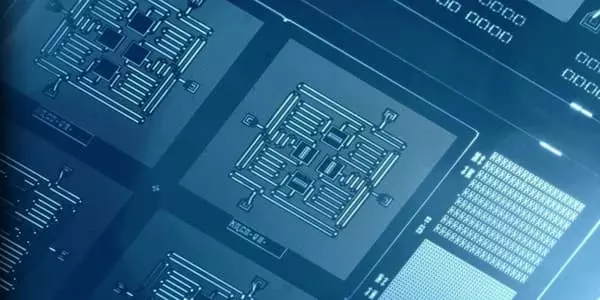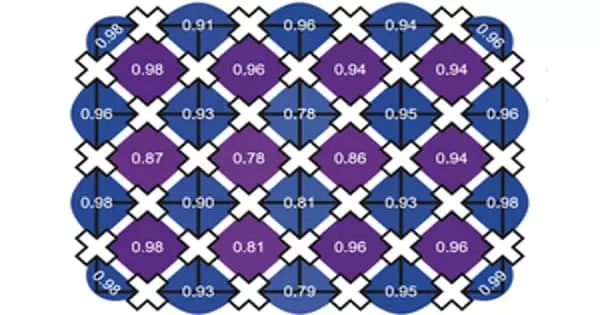New research with a highly controllable quantum processor has provided new insights into “exotic” states of aggregation, which could lead to new ways to improve quantum computers. Scientists from the University of Nottingham and the Technical University of Munich (TUM) worked together with the Google Quantum AI team and, using a highly controllable quantum processor, simulated the basic state of a so-called toric code Hamilton operator – an archetypal model system in modern condensed matter physics that originally in the context of quantum error correction has been proposed.
While the number of qubits and the stability of quantum states limits current quantum computing devices, the question is whether these processors can already take advantage of their enormous computing power. In collaboration with scientists from the Google Quantum AI team at Technische Universität München (TUM) and Nottingham University, we used a quantum processor to simulate the ground state of the so-called toric code Hamiltonian. This is a typical model system for modern condensed materials. Physics was originally proposed in the context of quantum error correction.
Google’s quantum processor called Sycamore can be precisely controlled and is a highly isolated quantum system, which are key requirements for performing quantum computing.
Kevin Satzinger
What if you lived in a flat two-dimensional world? Physicists then predict that quantum mechanics will become even more bizarre, resulting in exotic particles (so-called “anyons”) that do not exist in the three-dimensional world in which we live. This unfamiliar world is not just curiosity, it is the key to unleashing future quantum materials and technologies.
We worked with scientists from the Google Quantum AI team at Technische Universität München and the University of Nottingham to simulate the state of such quantum matter using a highly controllable quantum processor. The results are published in the latest issue of the scientific journal Science.

Emergent quantum particles in two-dimensional systems
All particles in our universe have two types, bosons or fermions. In the three-dimensional world, we live in, this observation is tenable. However, about 50 years ago, it was theoretically predicted that when the matter was limited to two dimensions, there might be other types of particles, called anyons.
Although these anyons do not appear as elementary particles in our universe, facts have proved that arbitrary particles can appear as collective excitations in the so-called topological phase of matter, and the 2016 Nobel Prize was awarded for this.
Dr. Adam Smith of the University of Nottingham said, “Simulations reveal these exotic properties by moving and twisting these pairs of anyons together. Physicists call it to braid statistics.”
A simple picture of these collective excitements is the “wave” of the stadium crowd. It has a definite position, but it cannot exist without the thousands of people that make up the crowd. However, experimental realization and simulation of such topological order states have proven to be very difficult.
Quantum processors as a platform for controlled quantum simulations
In landmark experiments, teams from TUM, Google Quantum AI, and the University of Nottingham programmed Google’s quantum processor to simulate these two-dimensional states of quantum matter. “Google’s quantum processor called Sycamore can be precisely controlled and is a highly isolated quantum system, which are key requirements for performing quantum computing,” said Kevin Satzinger, a scientist on the Google team.
The researchers came up with a quantum algorithm for realizing a state with a topological order, which was confirmed by simulating the creation of anyon excitations and their rotation around each other. Fingerprints from quantum entanglement at large distances can be confirmed in their study. As a possible application, such topologically ordered states can be used to improve quantum computers by implementing new error correction techniques. The first steps towards this goal in their work have already been taken.
“In the near future, quantum processors will be an ideal platform for exploring the physics of strange quantum phase matter,” said Professor Frank Pollmann of TUM. “In the near future, quantum processors are expected to solve problems that cannot be solved by current classic supercomputers.”















